The Kings of County Fermanagh
A story of the families of County Fermanagh.
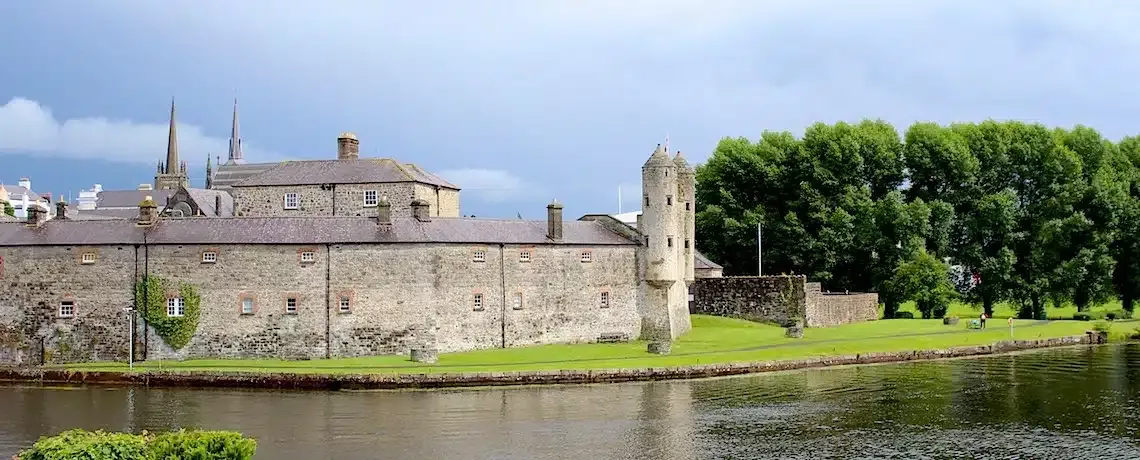
Céad Míle Fáilte – and welcome to your Letter from Ireland for this week. I hope you are keeping well? I hear that many of our friends on the east coast of America are experiencing powerful snowstorms at the moment – I hope you are keeping safe and warm if you are being affected. And then we have many readers experiencing the threat of bush fires in southern Australia – it can be an extreme time of year for many of us.
Well, that puts the bit of rain and other inclement weather that we are “suffering” here in Cork into perspective! I’m having a nice cup of Cork’s own Rebel Roasters Coffer as I write, so I do hope you’ll have a cup of whatever you fancy yourself now as we continue with today’s letter.
You know, one of the nice things about writing this letter is the way that different readers write back with stories from their own family – many personal memoirs, some with “plotlines” that you would not get in a Hollywood movie. Some people approach their Irish Genealogy in a very studious manner. They construct a tree – making connections and digging out dates, places and old photographs to attach. Then, some people look at the resulting tree and their imagination starts to take over. This is what must have happened for one of our readers, Steve Varonka.
The Kings of County Fermanagh.
I received the following note from Steve Varonka late last year:
“My Irish name of interest is Casserly, believed to be from Cork. I have also written a book on my family in the PA coal fields and the Molly Maguires activity of 1870’s. I would really be interested in finding other distant family in Ireland. I visited this past August, but it was a CIE bus trip and very rushed. I look forward to coming back and explore more.”
Thanks Steve – and thanks for sending on a copy of your book, it was a great read. Casserly is not from Cork – but more from the same part of the world as the Maguire family – and that is where we are going next.
Have you ever been to County Fermanagh? It’s a lovely part of the world – full of lakes, rolling green hills and pretty market towns. The county gets it’s name from the “Fir Manach” – a tribe who occupied those parts for many centuries. We visited the main town of Enniskillen just last summer – a lovely town surrounded by water. Looking out over the River Erne lie the ruins of Enniskillen Castle – once a stronghold of the Maguires, Kings of Fermanagh.
The “Mag Uidhirs” (sons of Odhar) came to prominence about the late 1200s with Donn Mag Uidhir installed as the first Maguire King of the Fir Manach area and tribe. They managed to hold this position over the following 400 years – bowing to a variety of more powerful overlords such as the O’Connors of Connaught, the O’Neills of Tyrone, the O’Donnells of Tir Connaill and the early English authorities.
Over those decades, the family spawned many offshoots – each with a new surname of their own. Families such as McManus, McCaffrey/McCafferky, Corrigan, Corry, Dunne (the Maguire name is a derivative of “Dunn coloured) and McHugh.
Like the other noble Gaelic families, they also assembled a number of families around them who performed services essential to such an exalted house. The O’Cassidys became their hereditary Physicians, the Keenans their Historians and genealogists (yes, they were even more important to have back then…) and the Husseys were their Bards. Maybe some of these surnames are in your Irish family tree?
However, the fortunes of the Maguires – and their neighbouring Gaelic Lords – were on the wane by the early 1600s. Around that time, the county of Fermanagh was one of the first experimental “plantation counties”. Much of the land was confiscated from the resident Gaelic lords, and handed over to “undertakers” – British Lords who “undertook” to populate the land with hardworking English Protestant farmers and craftsmen. In this case, Fermanagh received much of it’s new intake from the border counties of Scotland and England – an area that was ruled over by “Reiver” families for many centuries – mostly looked on as troublemaking adventurers by the British administration. As a result, to this day, you will find many of these “reiver” family names across County Fermanagh – names such as Armstrong, Bell, Crozier, Elliott, Graham, Irvine, Johnston and Nixon.
Over the following years and decades, many of the Irish Gaelic people who inhabited the planted lands were dispersed over neigbouring counties and even further. Today, you will typically find the surname Maguire/McGuire across much of the top half of the island – in counties Leitrim, Roscommon, Tyrone, Longford – but it is still one of the most numerous names in County Fermanagh.
Molly Maguire Addresses Her Children.
By the time the late 1700s came around, the demand for land reform and more equal rights was becoming louder across Ireland. Spurred on by the success of the French and American revolutions, secret societies such as the Young Irishmen, the Whiteboys and others were causing a “nuisance” around the country. The Great Hunger of the 1840s saw great hardship across much of Ireland – famine, emigration and forced evictions.
The “Molly Maguires” were one of these secret societies active in Ireland at the time. They got their name from newspaper article following an eviction notice in the parish of Cloone, County Leitrim. It detailed a poster that outlined “12 rules of conduct” from Molly Maguire to her “children”. It was essentially outlining a code of conduct for subversive activities. I like number 12 on the list myself:
“Let bygones be bygones, unless it is a very glaring case: and then watch for the right time to come”.
Nice bit of qualification there! So we see the name Maguire starting to assume a notoriety that travelled across to England and the USA – especially to the coalfields of Pennsylvania where Steve Varonkas ancestors immigrated to. And that is where we will pick up the second part of this story – in next week’s letter. You see, Steve was sitting down – looking at his Casserly family tree and thought to himself “I wonder what happened in my own Irish family during these troubled times.”
That is what we will cover next week – so, do join us for the concluding part of this story of Maguire of County Fermanagh. That’s it for this week, as always do feel free to leave a comment below to share your stories, comments and Irish surnames in your family.
Slán for this week,
Mike and Carina.

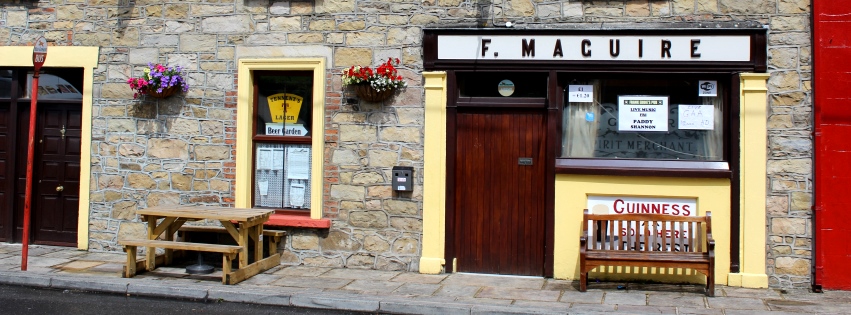
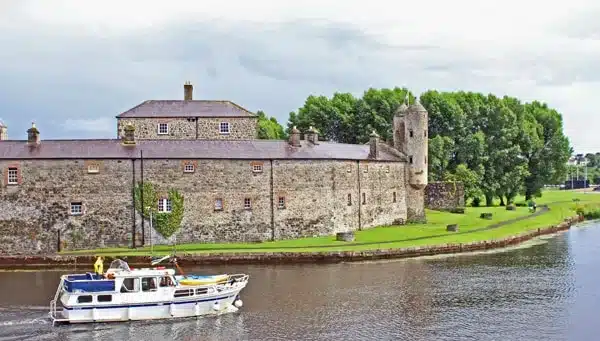
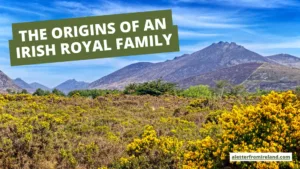
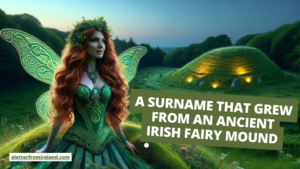
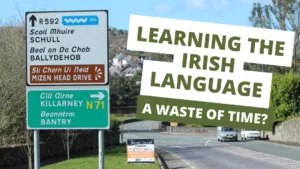
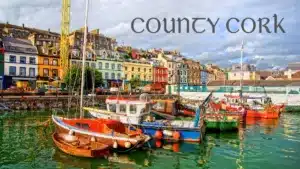
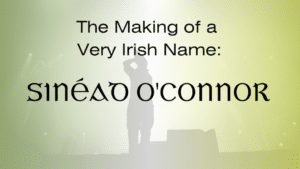
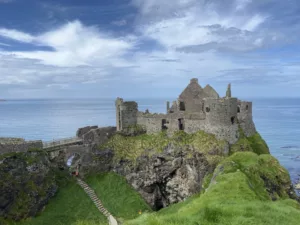
Only Plus Members can comment - Join Now
If you already have an account sign in here.